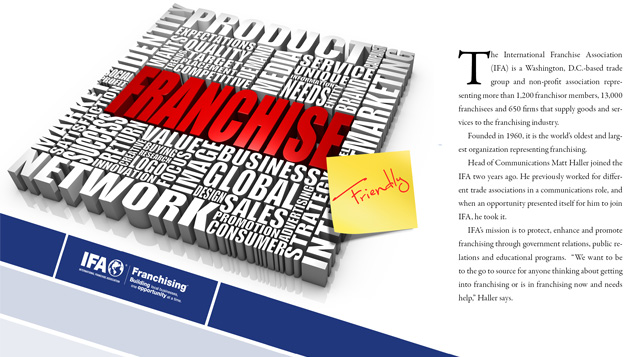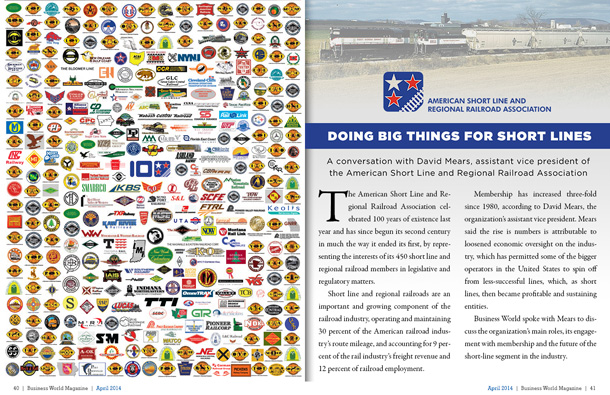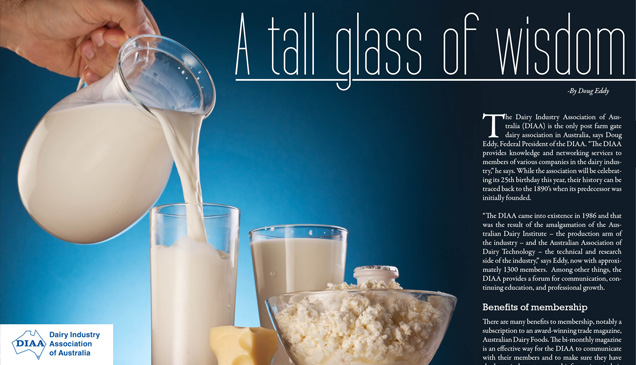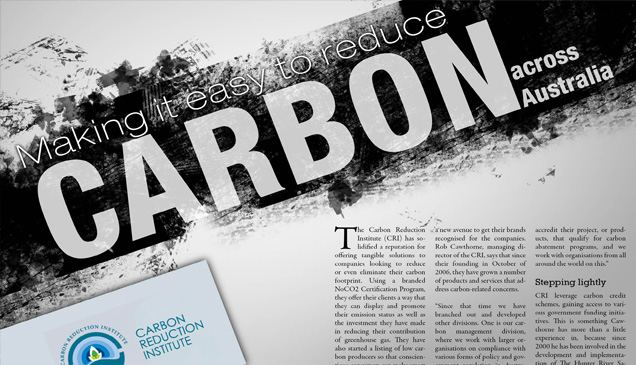
Showing the world the metal that Austrailia is made of
The Australian Steel Institute (ASI) provides marketing and technical leadership to promote Australian-made steel as the preferred material to construction and manufacturing industries. They also organise technical seminars in conjunction with similar industry bodies and associated sectors like engineering, architecture, building and construction.
ASI showcases what they consider excellent examples of steel applications to professionals, and advocates the use of Australian steel to major project proponents, top government officials and politicians. “The ASI also forges stronger relationships with project managers and major proponents through direct representations. Through its database of key influencers, the ASI keeps the industry attuned on best practice through its publications like Steel Australia magazine,” says Don McDonald, Chief Executive of the ASI. “The ASI’s industry award programs acknowledge excellence in the use of steel.” ASI also participates in international conferences, and uses those opportunities to look at how other nations are reacting to the changing market.
Getting active
Recently McDonald met with steel industry association representatives from the US, Canada, the United Kingdom, South Africa and New Zealand. At the time, McDonald was particularly interested in hearing what the US delegation had to say. “I wanted to know how the industry was faring, was it bad and getting worse, worse and getting better? What they told me was that it was bad but getting no worse,” he reports. This may be a sign that the steel industry is either recovering, or has almost finished its readjustment to the new realities of the market place. The ASI has also introduced safety measures into the industry and given its members tools in which to manage health and safety programs with ease, says McDonald. “It’s front, left and centre of our business model – we have safety awards, certificates, hazard alerts, and active national and state safety committees,” he says. The committees meet regularly and serve as a flagship program, indicating just what ASI can do for its members.
A large, strong voice
With about 6,000 registered users, 350 corporate members and a number of individuals that subscribe to the magazine, the association can count its number as at least 7,000 strong. “The corporate entities, the manufactures, distribution, and fabrication side of things. These are large professional members, and then we have about 650 individual members, and about 1,700 students. This gives us a membership of about 3,000 members, but we have a member data base that is about 6,500 to 7,000,” explains McDonald. “We also have a non-member data base of about the same size. As you can imagine this gives us quite a reach, and it’s one of the primary functions of any association.” Dedicated State Managers represent the ASI in Victoria/Tasmania, Queensland/NT, NSW/ACT, South Australia and Western Australia, each reporting directly to the Chief Executive.
As McDonald says, this gives them considerable reach as a voice of the industry. This has become particularly important over the past few years with the import of foreign steel, flooding the world’s markets, says McDonald. ASI has used this united voice to attempt to “level the playing field” when it comes to dealing with this issue. Since many of the offshore producers of steel do not have to abide by the rigorous regulations and operate in the open market regime that Australian steel producers do, they can often undercut them at the market place.
The Australian industry competes with no government subsidies, which puts it in stark contrast with many of its global competitors which benefit from government ownership, favourable currency exchange rates, subsidies and other assistance.
The benefits of Australian Steel
ASI reports that among the benefits of using Australian steel is that it pays dividends with lower freight costs, a more responsive supply, higher quality that reduces wasteful reworking and the availability of maintenance over the full life of a project. “Purchasing locally provides other significant savings for a project’s whole-of-life costing, like lower inventory to manage, reduced lead times, and improved after-sales support,” it says.
The ASI also says that in tandem with its own training and industry development activities, Australia’s steel construction industry has improved its efficiency through significant investment in new technologies and processes. When the proximity of the domestic workforce, the high quality of workmanship and investment in high technology are considered, Australia’s industry compares favourably with foreign competition. And local content is good for Australia as every 1,000 tonnes of steelwork represents about 60 jobs and almost $2 million of tax revenue to the Federal Government.
How this has revealed itself can be seen in the Gorgon Project. The steel required was made to Japanese specifications, meaning the only contribution that Australia could make to it was through labour, and not through materials. McDonald thinks that legislators should provide the settings to encourage Australian content for any major Australian project that meets the requirements of Australian specifications and quality control. “The playing field needs to be levelled,” he reiterates.
Bucking the trends
“From a global point of view, the industry landscape has changed a heck of a lot in the past ten years, mainly due to China,” says McDonald. “China now makes up about half of the steel production. So what we are faced with is the continued dominance of China, and global overcapacity.” Modularisation, globalisation, and increases in the price of raw materials such as iron ore have also played key roles in the market as we see it today. Emerging economies have also given the lagging Western ones a run for their money, specifically those located on the Asian continent. “The recent state of natural disasters, in Japan, Christchurch, the floods in Victoria and Queensland, the cyclone in northern Queensland, and the bushfires in WA – that has a range of effects in terms of both the rebuild and the reallocation of the infrastructure spend.” This has impacted the distribution of projects, rebuilding initiatives and available government funds, says McDonald.
Throughout this time the ASI has encouraged and supported its members in adopting new technologies and skills, important when competing with less stringent manufactures and fabricators in the developing world. “We see our industry moving towards collaboration, networking and the formation of alliances. We have been very active in skills development,” says McDonald. “We want to create awareness about Australian steel participation in the market. We have a campaign on right now in which we hope that we can rally the media and the government into action.” Awareness of the issues is a major part of the battle that they will be fighting on behalf of their members.








